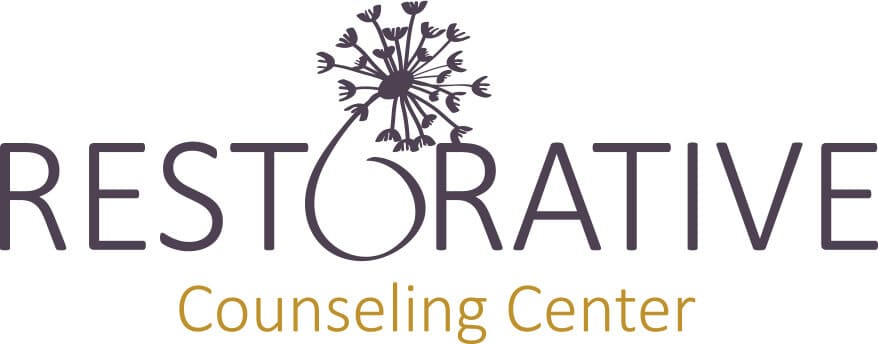Last week, we talked about emotions and how they are neither good nor bad, but we can use them to teach and inform us. We also talked about emotional vocabulary and properly naming the emotion you are feeling. If you missed that post, click here to read it before you read today’s post. Today, I am going to cover a very practical tool for recognizing your emotions.
The name of the tool I am going to introduce you to today is known by the acronym of S.N.A.P. I first learned of this tool from Ian Cron, author and enneagram extraordinaire, in his bestselling book A Road Back to You. Part of the power of the enneagram is its power to help foster self-awareness. We can’t change our reactions and responses to our emotions (which is usually our trouble spot), if we don’t first have self-awareness of our emotions and actions.
Below is a walk through of each phase of S.N.A.P. as a way to begin recognizing your emotions
Stop – take 5-6 deep breaths and come back to the moment wide awake
Notice – what you are feeling. This is not to judge yourself, just to notice. Notice what is happening around you, what just happened, what’s going to happen. And then notice and name the emotion you are feeling.
Ask –
- What I am believing right now?
- Is it true?
- How would I normally react to this?
- How would my life be different if I chose not to buy into that belief anymore?
Pivot – this is the choice point. Decide, now that you have more freedom to make new choices based on new self-knowledge. This is where you can make a new choice of action, rather than the reaction you would always make before that didn’t work.
How to use S.N.A.P. in your everyday life
My suggestion to most people is to try this 2-3 times a day (morning, noon and evening works great) and just begin to walk through the first three steps. Just start to notice more, expand that self-awareness. Then, once you get good at this, start to choose different reactions. This may create some challenging emotions in and of itself. Many people are not used to looking inward and recognizing feelings and reactions. We are taught to “suck it up” and move on. It will take some willingness, open-mindedness, and maybe even some discomfort to participate in this exercise. Most of my clients find this so helpful and effective and continue to use this practice long after they discontinue therapy.
On your own, you may get stuck at one of these steps. This can feel very foreign and overwhelming to walk through on your own if emotional intelligence is new to you. Contact us if you would like some help in starting your self-awareness journey. If your life feels “off” and you find yourself in strained relationships, it might time to start taking an inward look into yourself.


I’m not an expert at this yet! Far from it, but it has been really helpful for me, especially in going off on an internal tangent of something that may not be true. Also, in identifying what emotion is really there.
Good stuff
Lori, thanks for your thoughts on emotions! We are all a work in progress. So helpful to look to our emotions to inform us rather than judging them!